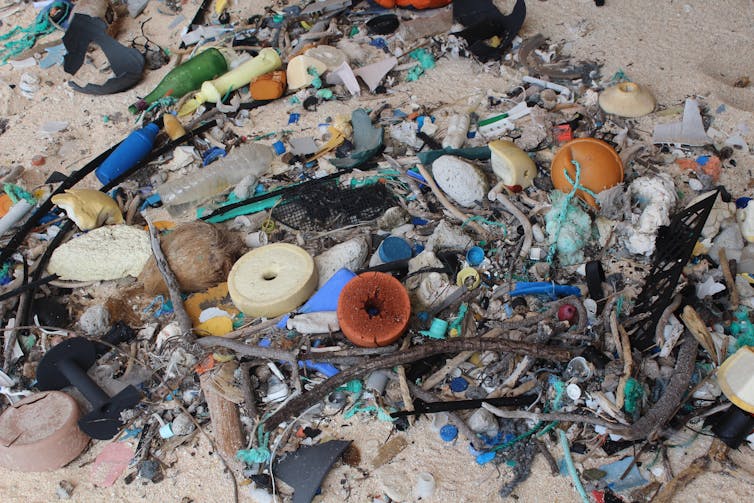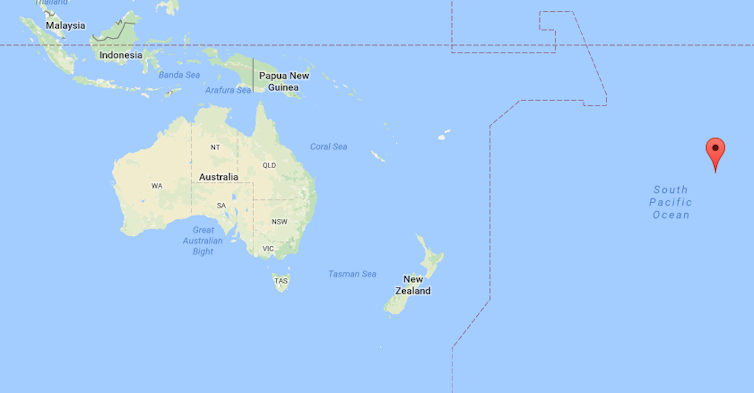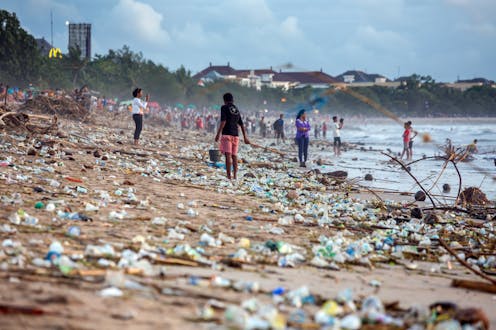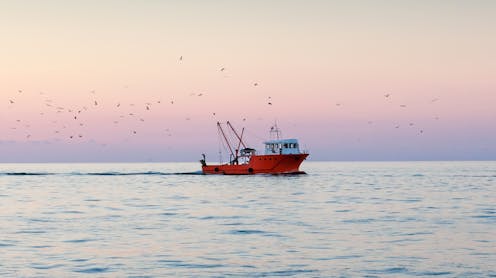This South Pacific island of rubbish shows why we need to quit our plastic habit
A remote South Pacific island has the highest density of plastic debris reported anywhere on the planet, our new study has found.
Our study, published in the journal Proceedings of the National Academy of Sciences , estimated that more than 17 tonnes of plastic debris has washed up on Henderson Island, with more than 3,570 new pieces of litter arriving every day on one beach alone.
It is estimated that there are nearly 38 million pieces of plastic on the island, which is near the centre of the South Pacific Gyre ocean current.
A 2014 paper published in the journal PLOS One used data from surface water all over the world. The researchers estimated that there are 5.25 trillion pieces of plastic in the top 10 centimetres of the world’s oceans.
Plastics pose a major threat to seabirds and other animals, and most don’t ever break down – they just break up. Every piece of petrochemical-derived plastic ever made still exists on the planet.
The Henderson research program was funded through overseas agencies, primarily UK based philanthropy. A complete list is in the acknowledgements of the published paper here http://www.pnas.org/content/early/2017/05/09/1619818114.abstract. For the Henderson Island project, Jennifer Lavers is affiliated with the University of Tasmania, the Institute for Marine and Antarctic Studies and the RSPB Centre for Conservation Science, Royal Society for the Protection of Birds in the United Kingdom.
Ocean Pollution News by The Conversation Australia
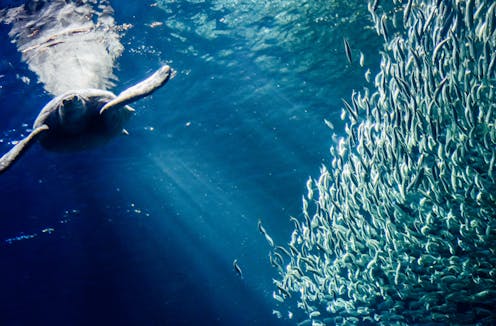

Wahoo Skip Bins prides itself on always providing quality customer service- by focusing on responsive communication, timely deliveries, and competitive rates. Wahoo Skip Bins offers a large range of bin sizes and delivers Sydney wide. Call us today!
ABN: 41490770553
